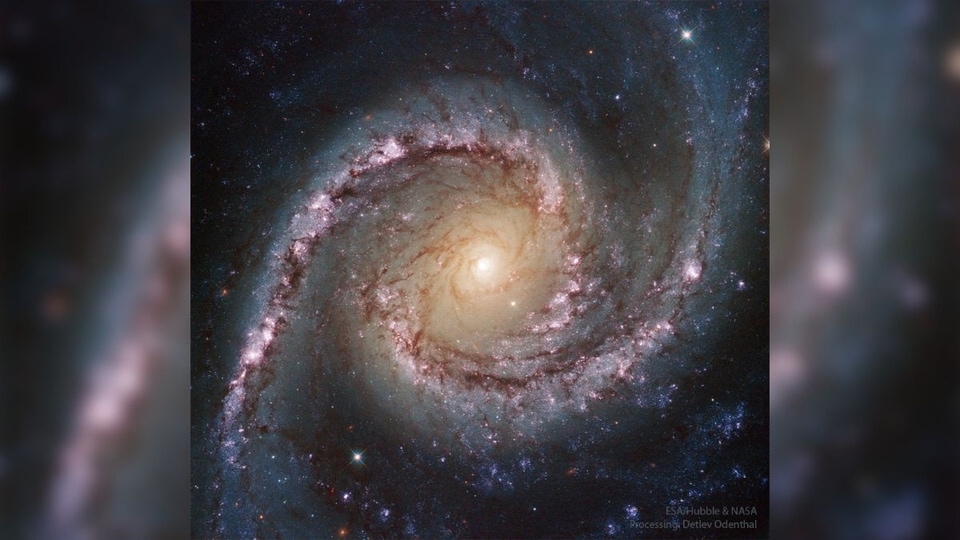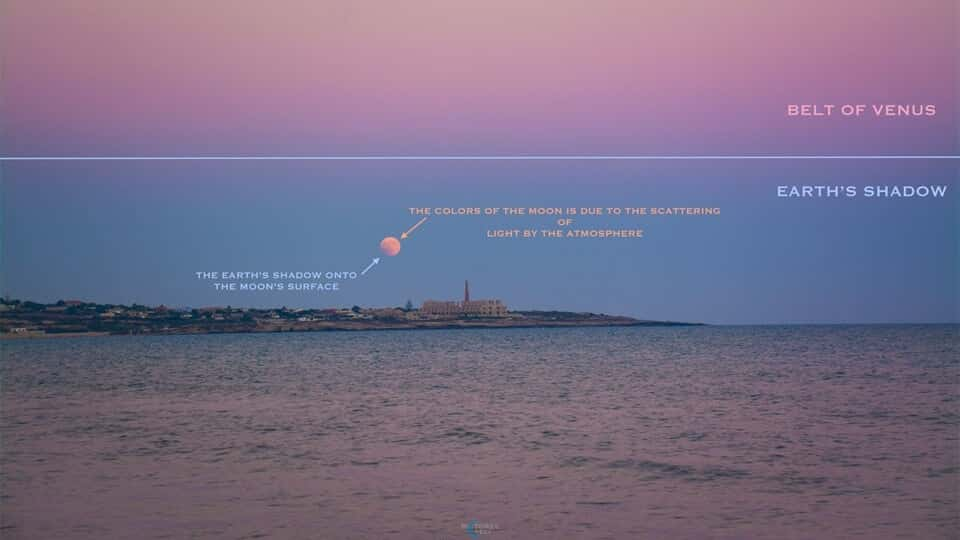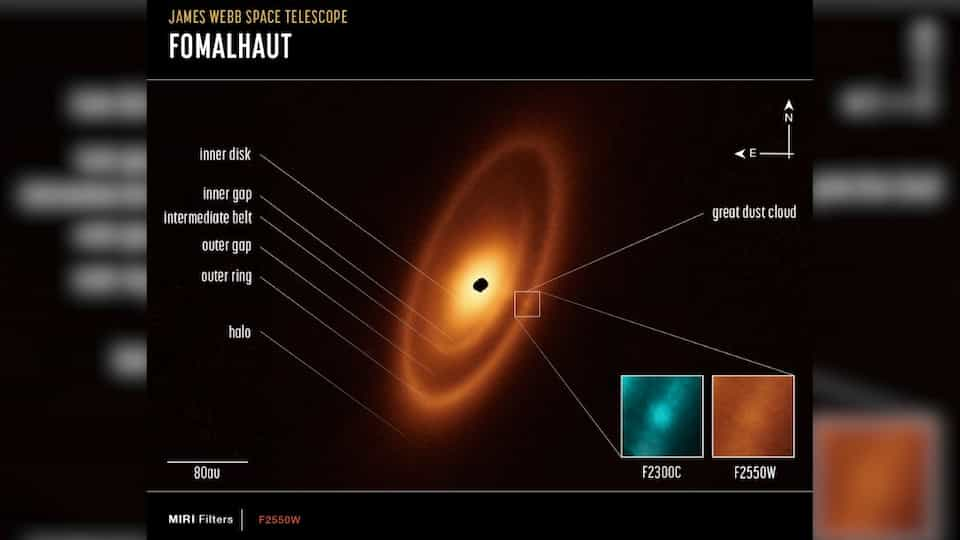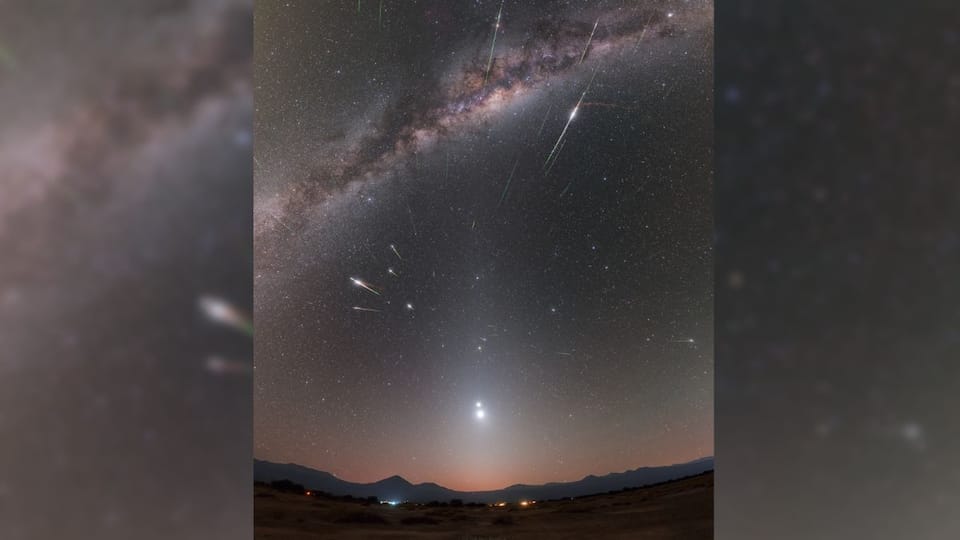CME approaching Earth could spark G1-class Geomagnetic storm! Know details
A potential G1-class Geomagnetic storm impact could be on the cards as a CME has set course for Earth and will hit soon, according to reports.






 View all Images
View all ImagesWe have seen rampant solar activity in the past few months. Natural phenomena such as sunspot eruptions, solar storms, solar flares, geomagnetic storms, and more, have been bombarding Earth. But why? According to NASA, this is because the Sun entered solar cycle 25 in 2019 and it is expected that it will hit its peak in July 2025, thus resulting in increased solar activity even further during the peak. Although this solar activity might seem harmless due to the distance of the Sun from our planet, it can cause major damage to infrastructure. Therefore, Earth is in for a rough ride until then.
Recently, forecasters at the National Oceanic and Atmospheric Administration (NOAA) have issued a warning against a potential CME impact that could hit Earth soon.
Geomagnetic storm risk
A recent report by spaceweather.com has revealed that a Coronal Mass Ejection (CME) was spewed out by the Sun, and it could hit Earth as soon as tomorrow, May 16. NOAA forecasters observed this faint and slow-moving CME hurl into space on May 12 and since then it has been on course for Earth's impact.
This CME impact could spark a G1-class Geomagnetic storm; the report further revealed. Such impacts can do more damage than just Auroras. They can damage small satellites, impact mobile networks, and GPS, and even pose a threat to ground-based electronics and power grids by increasing the magnetic potential by huge amounts.
How NASA monitors solar activity
Among many satellites and telescopes observing the Sun currently, one is the NASA Solar Dynamics Observatory (SDO). The SDO carries a full suite of instruments to observe the Sun and has been doing so since 2010. It uses three very crucial instruments to collect data from various solar activities.
They include the Helioseismic and Magnetic Imager (HMI) which takes high-resolution measurements of the longitudinal and vector magnetic field over the entire visible solar disk, Extreme Ultraviolet Variability Experiment (EVE) which measures the Sun's extreme ultraviolet irradiance, and Atmospheric Imaging Assembly (AIA) which provides continuous full-disk observations of the solar chromosphere and corona in seven extreme ultraviolet (EUV) channels.
Catch all the Latest Tech News, Mobile News, Laptop News, Gaming news, Wearables News , How To News, also keep up with us on Whatsapp channel,Twitter, Facebook, Google News, and Instagram. For our latest videos, subscribe to our YouTube channel.































